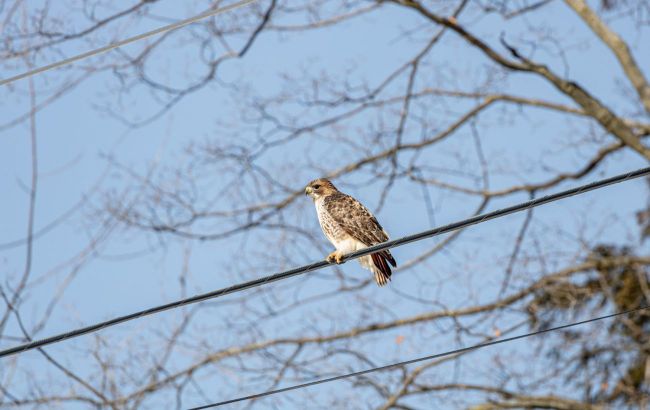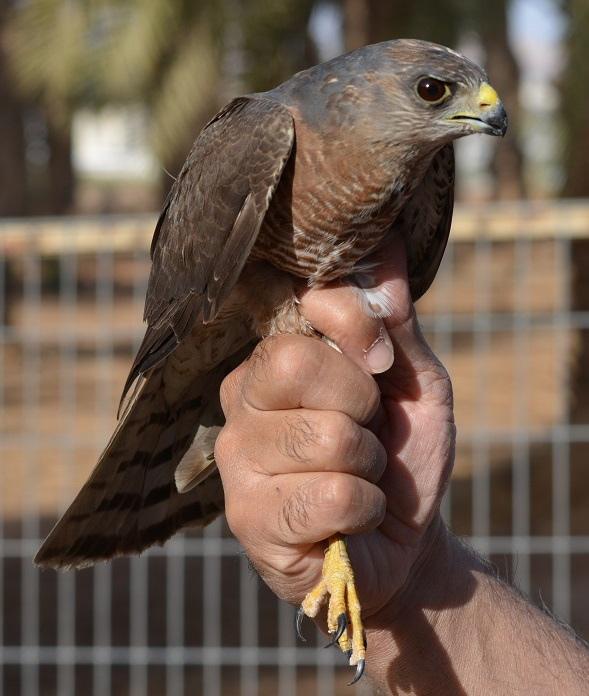Ukraine's war zone is pushing this protected bird toward extinction
 Which birds are most at risk of extinction in Ukraine (photo: Freepik)
Which birds are most at risk of extinction in Ukraine (photo: Freepik)
The war in Ukraine has already caused serious damage to ecosystems, especially in the south and east of the country. Some endangered bird species listed in the Red Book may disappear from Ukrainian fauna forever, says Oleksandr Ponomarenko, Ukrainian ornithologist, candidate of biological sciences, and senior researcher at the Dnipro-Oril Nature Reserve.
Levant sparrowhawk under threat due to the war
According to the ornithologist, wetland species from the Black Sea and Azov coasts have suffered the most.
"It's difficult to say exactly which species are under the greatest threat because we need to understand the entire dynamic along the coast. It's clear that the situation there is the worst. However, we managed to protect the greater spotted eagles in the north by reclaiming territory," he noted.
A separate threat looms over the Levant sparrowhawk, a rare species that nests in Ukraine only in the Luhansk region, with its main range in Russia. That territory is currently occupied, and it is impossible to observe the species.
"Ornithologists are preparing for the worst. If we retake our Luhansk region, we may no longer find the Levant sparrowhawk there," the ornithologist concluded.

The Levant sparrowhawk may disappear from Ukraine (photo: Levant sparrowhawk wikipedia.org User Lajos.rozsa)
Little tern colonies at risk
Since some reserves in southern Ukraine are under occupation, Ukrainian scientists are not able to monitor the colonies of the Little Tern, which is also listed in the Red Book.
"Endangered wetland bird species that had large colonies on certain islands in reserves in southern Ukraine are now in great jeopardy," said Ponomarenko.
Previously, the stability of these species was supported by reserve and national park workers through biotechnical methods. In particular, the little tern requires a bare sandy island. As soon as any grass appears, it stops nesting there. Before the war, reserve staff would remove grass from the islands to ensure the birds stayed.
"Now the reserves are under occupation, and the Russians clearly aren't observing protected area regulations. I believe it's quite likely that we may lose the nesting of these species there," added the ornithologist.

The little tern is also at risk of extinction (photo: Wikipedia)

